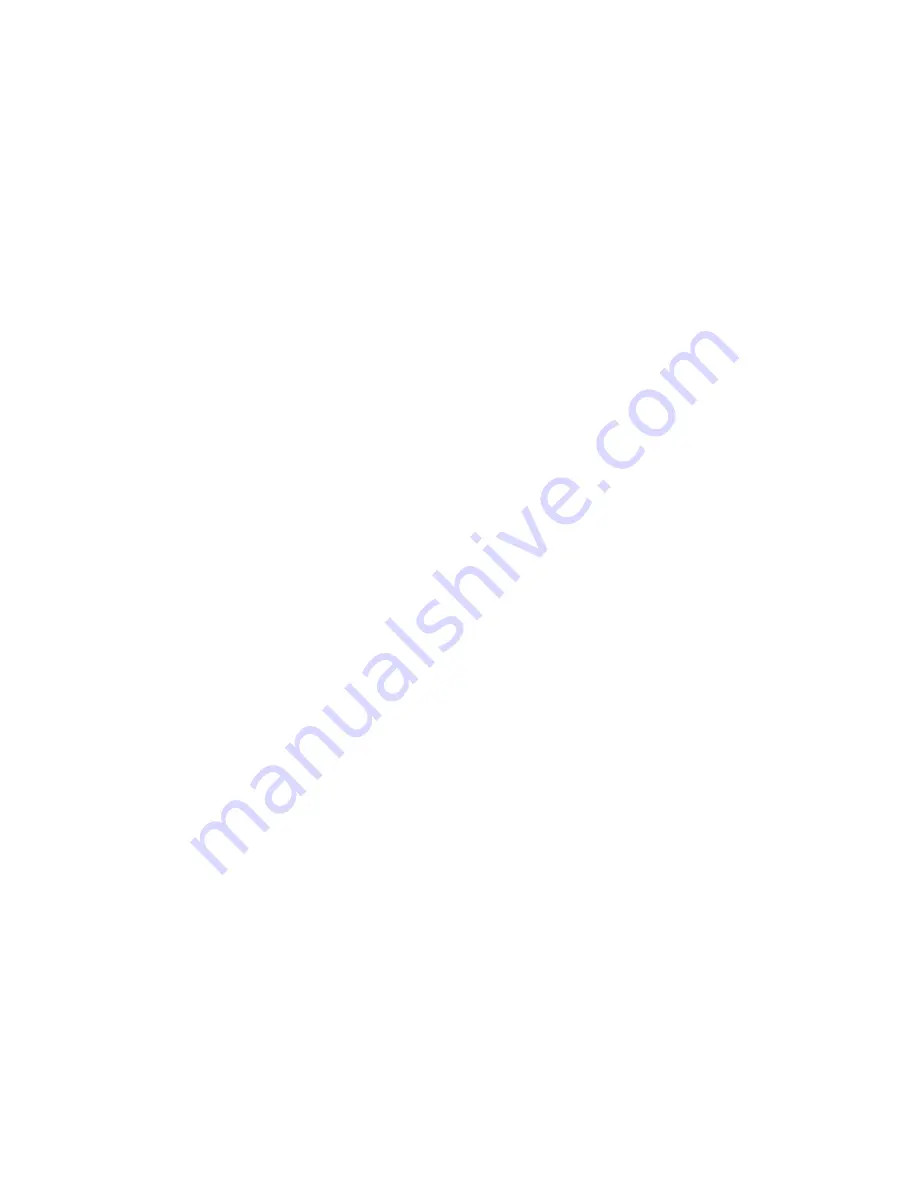
13
3. Slowly depress the plunger, ejecting all of the solution from the syringe.
4. Wipe the needle of the syringe with a fresh lint-free tissue.
5. Repeat the above steps 3 times.
6. Remove the syringe tip from the solution, replace the cap of the vial of rinse
liquid, and wipe the needle of the syringe with a fresh lint-free tissue.
Collecting a Sample
1. Remove the cap from the sample container and rinse the syringe with the
solution to be injected, following the procedure outlined in the section
Rinsing
the Syringe
.
2. Submerge the tip of the needle in the solution to be injected and slowly draw
the plunger back by an amount larger than the intended injection volume. This
excess volume will typically be somewhere around 0.1 µL. (Example: If you
are attempting a 0.2 µL injection, you should withdraw between the 0.25 and
0.3 µL.)
3. Remove the syringe tip from the solution and replace the cap on the sample
container.
4. Holding the syringe vertically at eye level, carefully depress the plunger until
the syringe holds only the desired injection volume.
5. Carefully wipe the syringe needle with a fresh lint-free tissue, making sure the
tissue does not absorb any sample from inside the needle.
6. When you are satisfied with the volume of your sample, proceed to injection. If
not, carefully eject the syringe contents into the appropriate waste receptacle,
wipe the needle with a fresh lint-free tissue, and begin again at Step 2.
Injection into the Mini GC Plus Gas Chromatograph
1. Wait for the status indicator light on the Mini GC Plus to turn green and the
message “Ready for Injection” to appear before collecting your sample into the
syringe.
2. As soon as your sample is loaded into the syringe, grip the syringe by the
flange and pinch the needle about halfway along its length.
3. Aim the needle into the center of the brass needle guide at the top of the gas
chromatograph and slowly push the needle into the injection port,
being careful
not to move the plunger
. If the needle should catch, immediately stop pushing
and turn the syringe a quarter turn, then resume pressure.
4. As soon as the syringe is fully inserted against the needle guard, quickly
depress the plunger and simultaneously click Collect in the data-collection
software.
5. Immediately pull the syringe out of the gas chromatograph.
Cleaning the Syringe
1. Never force the plunger.
2. Clean the syringe following the procedure described in
Rinsing the Syringe
using an appropriate solvent. Choose a solvent that will dissolve the
14
contaminating substances. Common choices include acetone, methanol,
methylene chloride, and acetonitrile, but other solvents may used.
Non-alkaline, non-phosphate, non-detergent solvents are preferred. Do not
soak the syringe in any solvent.
3. If the plunger is catching during injection, it may need to be flushed with
multiple cleaning solvents.
Troubleshooting
Syringe plunger will not fully depress.
1. Follow the procedure for cleaning the syringe
2. Inspect the plunger. If it is bent and cannot be straightened, dispose of the
syringe according to your sharps disposal procedure.
Appendix D
Relationship of Pressure and Column Flow Rate
If you are accustomed to setting
flow rate
rather than
column pressure
values in a
temperature-pressure profile, here is an equation (and a table of typical values)
representing the nearly linear relationship between these two variables:
Flow Rate (mL/min) = 0.54
Pressure (kPa)
Pressure (kPa)
Flowrate (mL/min)
2.5
1.4
5.0
2.7
7.5
4.1
10.0
5.4
12.5
6.8
15.0
8.1
17.5
9.5
20.0
10.8
This relationship was determined by measuring the flow rate of the exiting gas (air)
when the column was heated at a constant 45
C temperature at various pressures.








